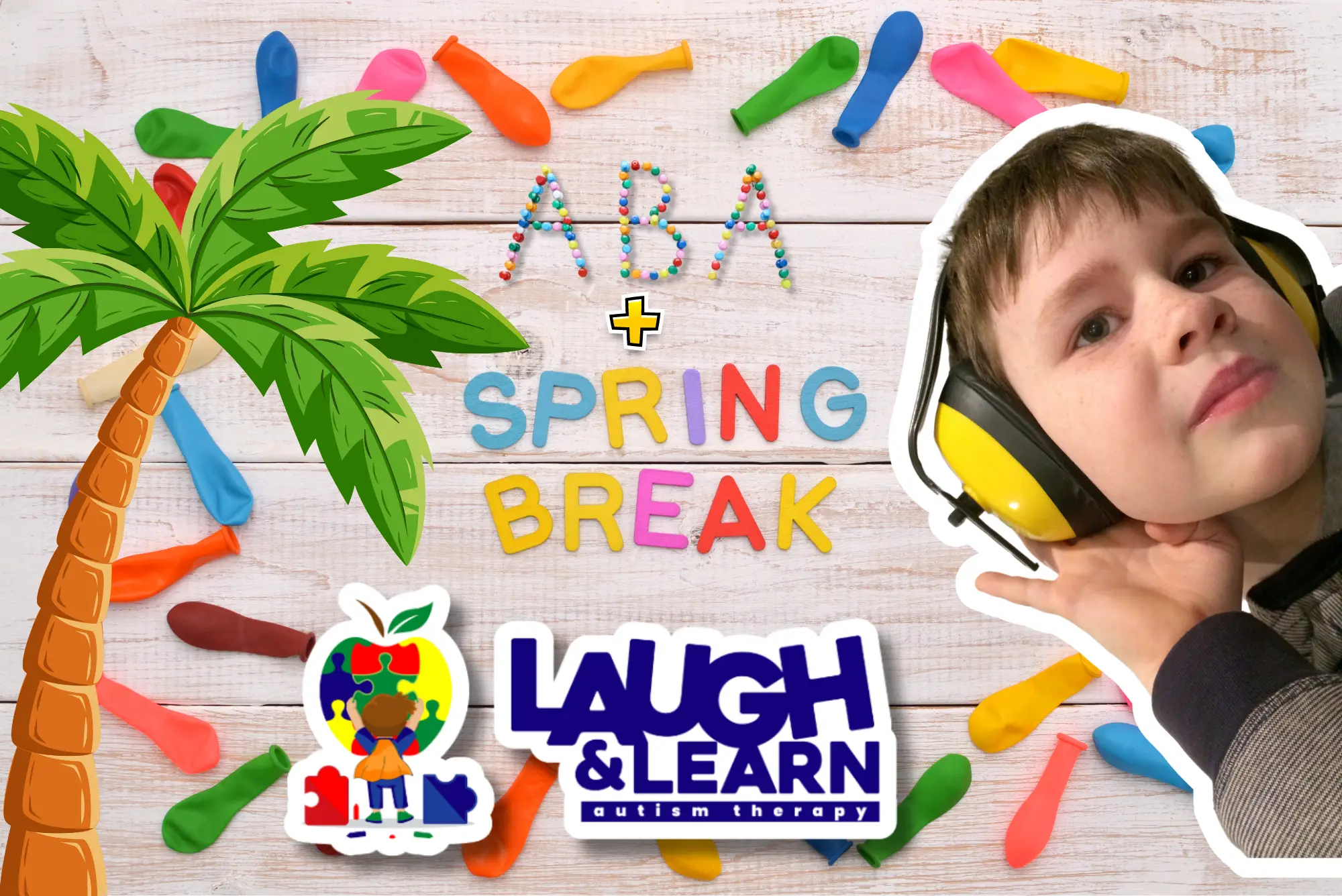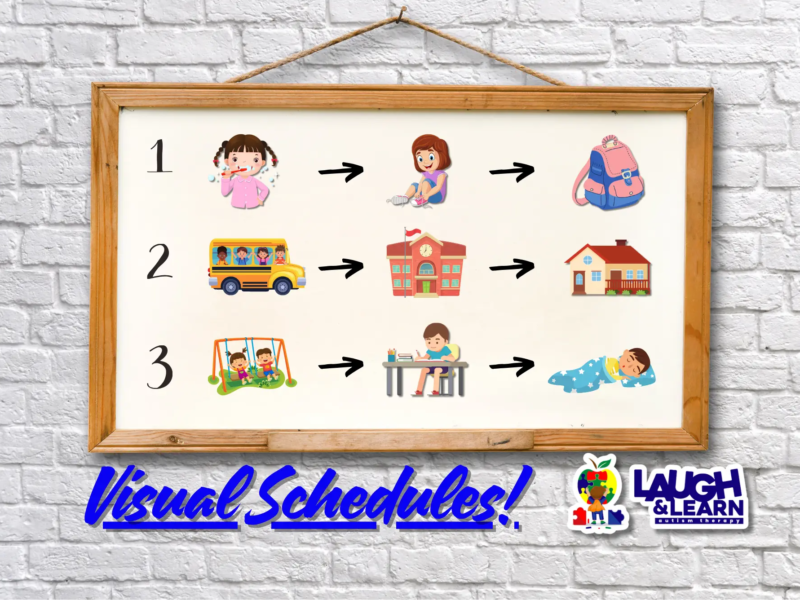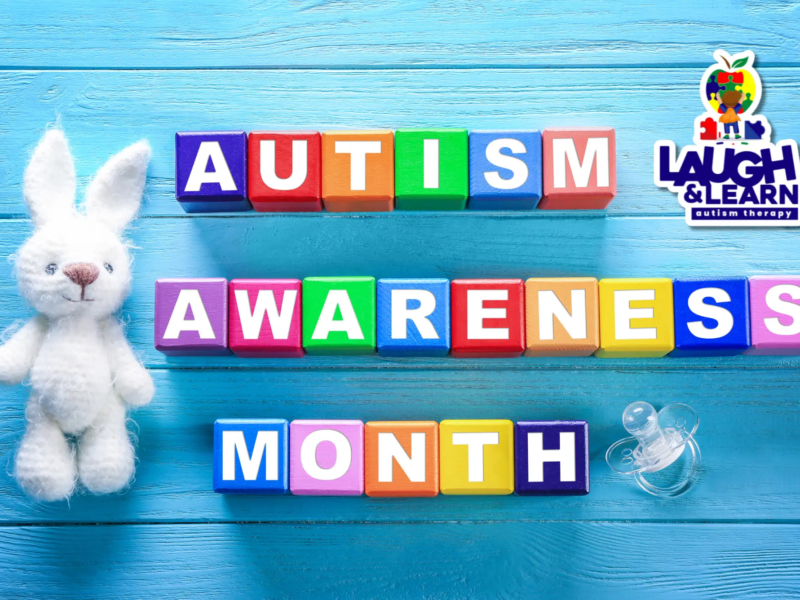Transitioning to Spring Break: ABA Tips for a Smooth Transition
Introduction
As the seasons change and the promise of spring blooms, families eagerly anticipate the upcoming Spring Break. However, for individuals with autism, the transition from the structured routine of school to the unstructured days of spring break can present unique challenges. Fortunately, with the support of Applied Behavior Analysis (ABA) therapy, families can navigate this transition with confidence and ease. In this blog post, we share ABA-based tips to help individuals with autism smoothly transition to Spring Break, maintaining structure and minimizing disruptions along the way.
- Prepare in Advance
Before Spring Break begins, it’s essential to prepare the individual with autism for the upcoming changes. ABA therapists recommend using visual schedules and social stories to outline the transition from school to break. Include information about the change in routine, upcoming activities, and expectations during Spring Break. Providing this preparation in advance can help reduce anxiety and uncertainty. - Maintain Consistent Routines
Consistency is key for individuals with autism, so strive to maintain as much consistency as possible during Spring Break. ABA therapists suggest keeping consistent wake-up times, mealtimes, and bedtime routines to provide stability and predictability. Even if the activities during Spring Break vary, maintaining consistent routines can help minimize disruptions and provide a sense of security. - Use Transition Cues
Transition cues are helpful signals that indicate a change in activity or routine. ABA therapists recommend using visual timers, countdowns, or auditory cues to signal transitions during Spring Break. For example, set a timer to indicate when it’s time to transition from one activity to another or use a visual schedule to show upcoming activities throughout the day. These cues help individuals with autism anticipate changes and transition more smoothly. - Offer Choices and Control
Providing individuals with autism with choices and a sense of control can empower them during the transition to Spring Break. ABA therapists suggest offering options for activities or outings during the break, allowing the individual to choose activities that align with their interests and preferences. Additionally, involve the individual in creating their Spring Break schedule, giving them a sense of ownership and control over their time. - Prepare for Sensory Sensitivities
Spring Break activities may involve new sensory experiences, such as outdoor adventures or crowded events. ABA therapists recommend preparing for sensory sensitivities by bringing along sensory-friendly items, such as noise-canceling headphones, sunglasses, or a sensory toolkit. Encourage breaks in quiet, calm environments when sensory input becomes overwhelming, allowing the individual to self-regulate and stay comfortable. - Monitor and Adjust
Throughout Spring Break, monitor the individual’s behavior and mood closely, and be prepared to adjust plans or strategies as needed. ABA therapists emphasize the importance of flexibility and responsiveness during transitions. If certain activities or environments are causing distress or agitation, be prepared to modify plans or provide additional support to ensure a positive experience for the individual.
Conclusion
Transitioning to Spring Break can be a time of excitement and anticipation, but it can also present challenges for individuals with autism. By implementing ABA-based strategies, families can help smooth the transition, maintain structure, and minimize disruptions during this time. From preparing in advance and maintaining consistent routines to offering choices and support for sensory sensitivities, ABA therapy provides valuable tools and techniques for navigating the transition to Spring Break with confidence and ease. As families embark on this seasonal journey, may these ABA tips pave the way for a smooth and enjoyable break for individuals with autism and their loved ones.
For an interesting read on Making the Most of Spring Break with Autism, check out this article from Autism Parenting Magazine!



